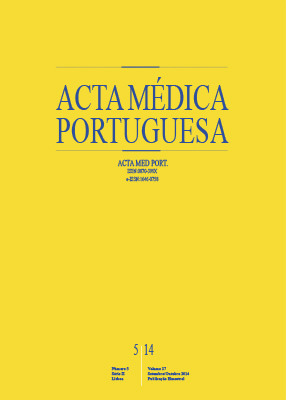Artificial Nutrition in Children (I): Enteral Access
DOI:
https://doi.org/10.20344/amp.5312Abstract
Appropriate nutritional support is crucial in the therapeutic approach of multiple conditions, which justifies the frequent and increasing use of specific access routes for enteral and parenteral nutrition. This article reviews the relevant literature concerning indications, procedures, effectiveness and complications of enteral access routes in children. The decision between gastric and postpyloric access, and between nasogastric tube and gastrostomy is thoroughly discussed. Percutaneous endoscopic gastrostomy is the most commonly used technique when a long-term gastric access is required, given its efficacy and safety although the associated morbidity is not negligible;
laparoscopic gastrostomy emerges as a potentially advantageous alternative.
Keywords: Child; Enteral Nutrition; Intubation, Gastrointestinal; Gastrostomy; Jejunostomy; Laparoscopy.
Downloads
Downloads
Published
How to Cite
Issue
Section
License
All the articles published in the AMP are open access and comply with the requirements of funding agencies or academic institutions. The AMP is governed by the terms of the Creative Commons ‘Attribution – Non-Commercial Use - (CC-BY-NC)’ license, regarding the use by third parties.
It is the author’s responsibility to obtain approval for the reproduction of figures, tables, etc. from other publications.
Upon acceptance of an article for publication, the authors will be asked to complete the ICMJE “Copyright Liability and Copyright Sharing Statement “(http://www.actamedicaportuguesa.com/info/AMP-NormasPublicacao.pdf) and the “Declaration of Potential Conflicts of Interest” (http:// www.icmje.org/conflicts-of-interest). An e-mail will be sent to the corresponding author to acknowledge receipt of the manuscript.
After publication, the authors are authorised to make their articles available in repositories of their institutions of origin, as long as they always mention where they were published and according to the Creative Commons license.









